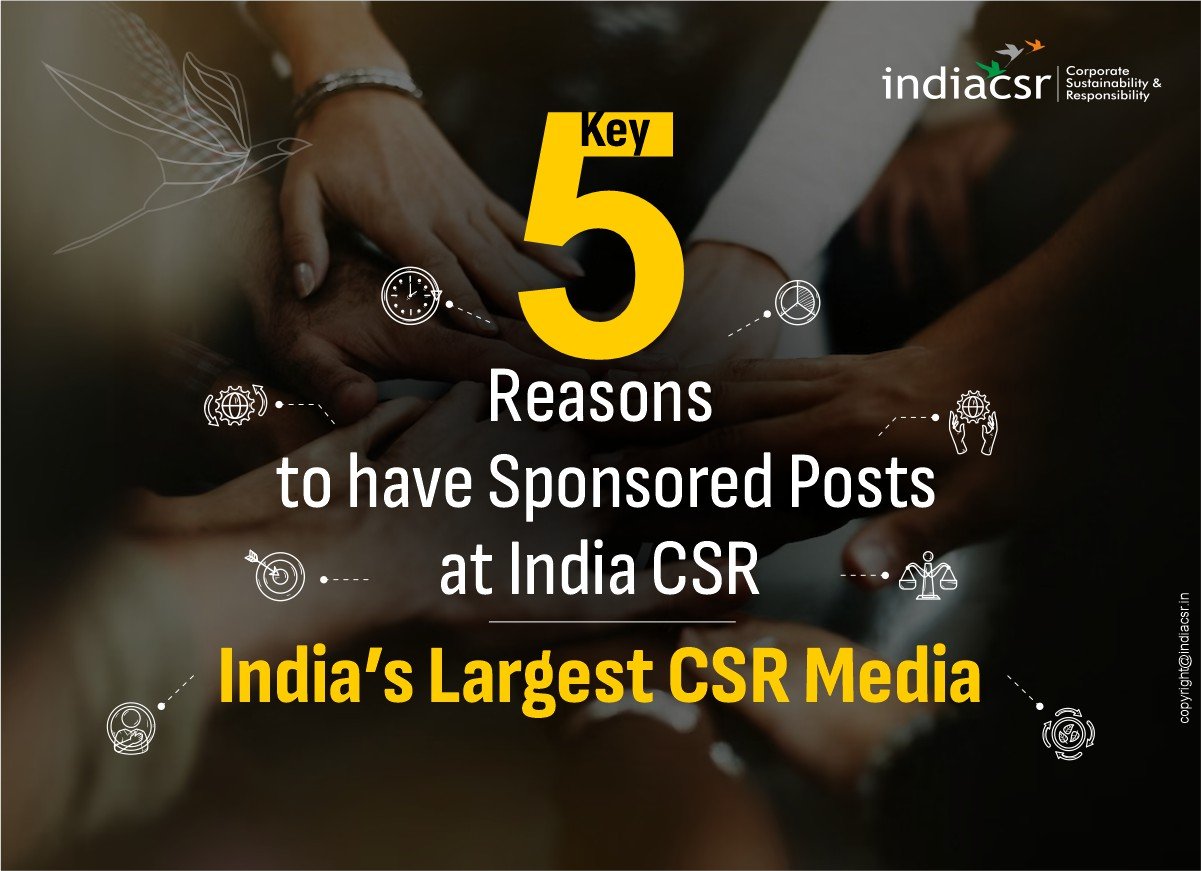
Words Manish Kumar
NEW DELHI (India CSR): As enterprises continue their transformation into digital-first operations, middleware has emerged as the unsung hero, enabling seamless communication between disparate applications, services, and systems. Middleware is the glue that holds together complex IT ecosystems, whether they are based on contemporary cloud-native platforms or legacy infrastructure. However, as IT environments become more dynamic, middleware systems’ resilience becomes essential rather than optional.
For modern enterprises, middleware monitoring has become an indispensable component of maintaining application resilience. Integration tools are key to this endeavor, as they provide the visibility, traceability, and proactive management required to keep middleware environments running efficiently and securely. Rohith Samudrala, a noted expert in enterprise observability, highlights the transformative impact of monitoring on application resilience. From ensuring uptime during peak traffic periods to safeguarding sensitive transactions from vulnerabilities, middleware monitoring has redefined how enterprises approach system reliability.
Middleware systems are often tested to their limits during periods of high demand. Whether it’s a retail site managing holiday sales or a financial service platform handling end-of-quarter reporting, outages or slowdowns in middleware can cascade into customer-facing disruptions. Samudrala’s work has proven pivotal in preventing such scenarios. By implementing AI-driven middleware monitoring solutions, his efforts have enabled enterprises to predict and prevent system failures. In turn, this proactive approach has reduced downtime by as much as 60%, translating into significant cost savings and a better customer experience.
This emphasis on operational continuity isn’t just about maintaining uptime; it’s also about meeting stringent service-level agreements (SLAs). By aligning monitoring with business goals, organizations can ensure SLA compliance and avoid costly penalties, all while fostering customer trust. Middleware monitoring tools equipped with real-time alerting and root cause analysis have reduced Mean Time to Resolution (MTTR) by nearly 50%, a quantifiable testament to their efficacy.
Middleware often spans a heterogeneous mix of technologies, from legacy enterprise service buses (ESBs) to modern API gateways and microservices. Achieving unified visibility across such a diverse ecosystem is a challenge that Samudrala has tackled head-on. His projects have enabled enterprises to trace transactions end-to-end, eliminating the “black box” problem that often plagues middleware monitoring. This comprehensive approach ensures that workflows are fully visible, allowing IT teams to quickly pinpoint and resolve performance bottlenecks or failures.
Observability is a critical aspect of middleware monitoring, particularly in cloud-native environments where auto-scaling, ephemeral instances, and container orchestration create constant changes in the infrastructure. Samudrala’s adoption of AI/ML-driven tools has allowed organizations to monitor dynamic components in real time, ensuring consistent performance even in the most complex environments. By increasing observability coverage from 60% to 95%, enterprises can now make informed decisions faster, resulting in a 15-25% improvement in transaction processing times.
The growing reliance on middleware has also made it a prime target for cyberattacks. Middleware systems handle sensitive data and critical transactions, necessitating robust security monitoring to detect and mitigate vulnerabilities. Samudrala has successfully integrated middleware monitoring with Security Information and Event Management (SIEM) tools, enabling early detection of security threats and ensuring compliance with regulatory standards.
By incorporating AI-driven anomaly detection, middleware monitoring tools can prioritize alerts based on their severity and business impact, reducing the noise that often overwhelms IT teams. These innovations not only safeguard sensitive data but also align middleware monitoring with enterprise-wide security strategies.
In the future, middleware monitoring will develop in step with the development of cloud, automation, and artificial intelligence. Tools powered by AI and machine learning will become even more adept at predicting failures and automating corrective actions, further reducing reliance on manual intervention. Middleware monitoring will also play a greater role in continuous integration and continuous deployment (CI/CD) pipelines, enabling developers to identify and resolve issues earlier in the development lifecycle.
Samudrala believes that Middleware Monitoring-as-a-Service platforms will gain traction, offering enterprises the flexibility to scale monitoring capabilities without the overhead of managing complex setups. As middleware ecosystems grow more intricate, the integration capabilities of monitoring tools will remain paramount, ensuring seamless interoperability across hybrid and multi-cloud environments.
Middleware monitoring has evolved from a technical afterthought to a strategic necessity for businesses looking to remain resilient and adaptable in a constantly shifting IT landscape. By utilizing sophisticated integration tools, businesses can protect data, guarantee consistent performance, and match middleware operations with more general business objectives.
About Us
Manish Kumar is a news editor at India CSR.
(Copyright@IndiaCSR)
📢 Partner with India CSR
Are you looking to publish high-quality blogs or insert relevant backlinks on a leading CSR and sustainability platform? India CSR welcomes business and corporate partnership proposals for guest posting, sponsored content, and contextual link insertions in existing or new articles. Reach our highly engaged audience of business leaders, CSR professionals, NGOs, and policy influencers.
📩 Contact us at: biz@indiacsr.in
🌐 Visit: www.indiacsr.in
Let’s collaborate to amplify your brand’s impact in the CSR and ESG ecosystem.



























